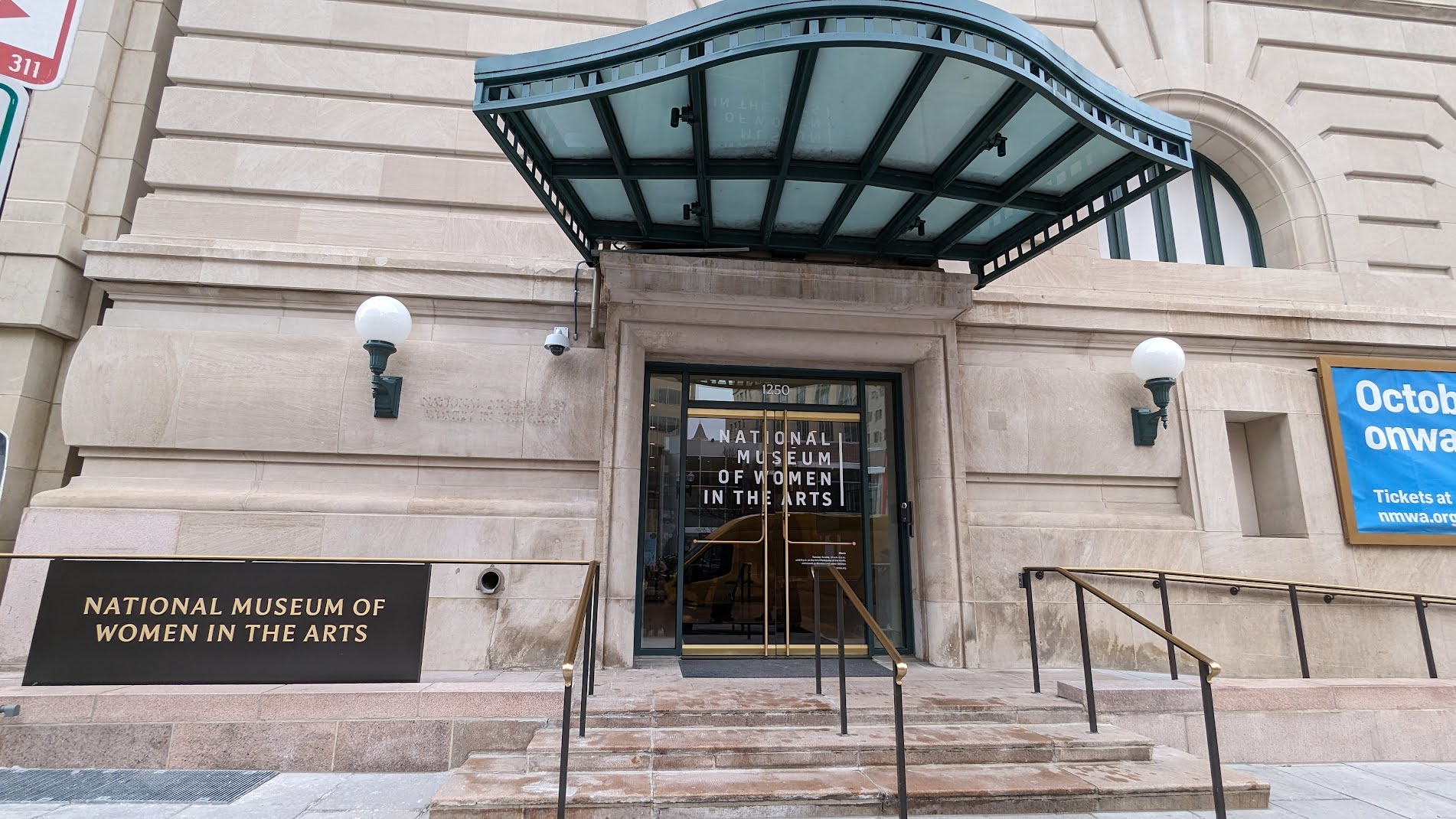Sep 20 2024 - Jan 12 2025
National Museum of Women in the Arts
Washington, DC
In her multifaceted artistic practice, Suchitra Mattai (b. 1973, Georgetown, Guyana) explores and complicates understandings of binaries such as East and West, art and craft, and history and memory.
The way certain histories are remembered, or not, is central to much of her art.
This exhibition pairs Mattai’s recent work, including mixed-media installation and sculpture, with historical objects sourced from nearby collections in Washington, D.C. For the first time, this exhibition provides the opportunity for a visual call and response between historical objects and Mattai’s contemporary work.
Blending techniques of collage, painting, textile, and sculpture, Mattai combines vintage and contemporary materials, such as found tapestries and photographs, jewelry, thread, paint, and fabrics, into three- and two-dimensional works about identity and belonging. She highlights the hidden histories of people like her forebears, who came to Guyana while it was still a British colony as indentured laborers from India.
Drawing from personal memories as well as stories passed down through generations of her family, Mattai seeks to fill in the gaps of recorded history, focusing on the often omitted experiences of women and people of color. Her use of embroidery and saris makes visible the presence of Indian women in the history of Guyana and the Indian diaspora in the West.
Combining objects from Western visual culture such as textiles, furniture, and domestic objects, with her own material interventions, Mattai reimagines more inclusive histories for them. Her work shares these objects’ hidden stories, thereby revealing a more complete picture of the past.
Credit: Overview from museum website
Exhibition Venues & Dates
Sep 20 2024 - Jan 12 2025
National Museum of Women in the Arts
Washington, DC
